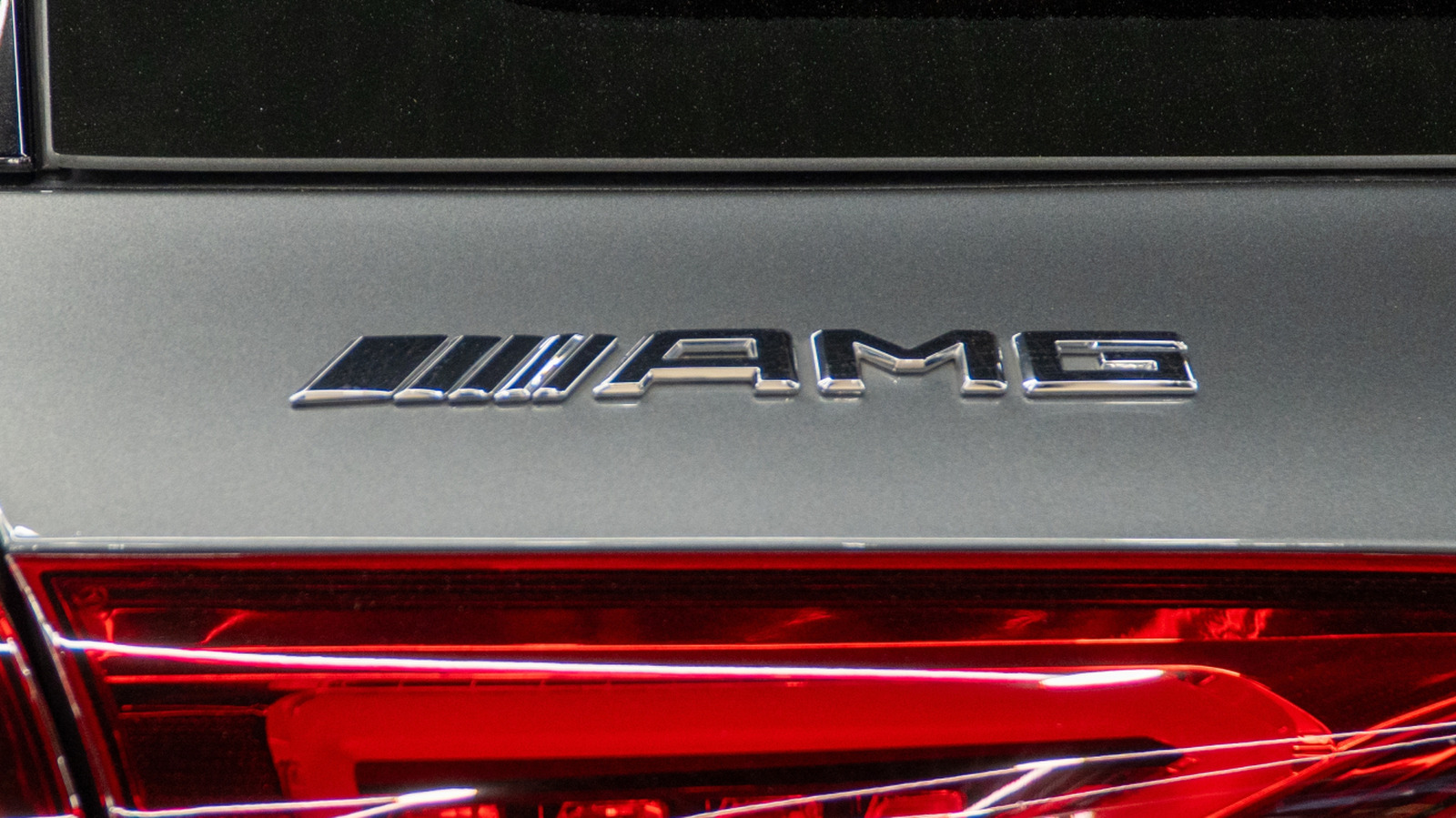Enhancing Long‐Cycle Performance of Zinc Powder Anodes at High Discharge Depths through Comprehensive Electrochemical‐Mechanical Regulation
Advanced Energy Materials, EarlyView.

An electrochemical-mechanical regulation strategy leveraging the viscoelastic synergistic interaction between branched oxygen-rich oligomers and spherical elastic fillers in Zn powder composite anodes is presented. This innovative dual-phase architecture enables the Zn powder composite anode to achieve unprecedented cycling stability (430 h) at 96% depth of discharge. The strategy establishes a universal paradigm for stabilizing metallic anodes under high utilization conditions.
Abstract
Zinc powder anodes hold great potential for developing zinc-based batteries featuring high Zn utilization. Nevertheless, zinc powder anodes encounter severe cycling instability at elevated depths of discharge (DOD) due to serious ion transfer barriers, parasitic side reactions, and stress-induced mechanical instability, impeding their practical implementation. Here an electrochemical-mechanical regulation strategy utilizing the viscoelastic synergy of branched oxygen-rich oligomers and spherical elastic fillers, achieving significantly improved cycling performance, even under a remarkably high DOD by 96% is proposed. The oligomer's weak zinc coordination effect and expansive free volume facilitate rapid Zn2⁺ flux under high DOD, while its ether-oxygen moieties immobilize water via hydrogen bonds, dynamically suppressing parasitic reactions. Concurrently, the spherical elastic fillers mitigate stress concentration through excellent anti-shear stability, ensuring mechanical integrity and continuous electrical contact under significant volume strain. This synergistic electrochemical-mechanical regulation enables unprecedented cyclability 430 h at 96% DOD, outperforming reported zinc anodes. Furthermore, Zn0.25V2O5-matched full batteries achieve 95%–99.7% capacity retention over 200 cycles at rather low N/P ratios (2.51–4.89), highlighting their potential for high-energy, cost-effective energy storage. This work provides a universal paradigm for stabilizing metal anodes under ultrahigh utilization conditions.



















































































![The American contingent and Turkey’s autonomy goals: Paris Air Show Day 3 [Video]](https://breakingdefense.com/wp-content/uploads/sites/3/2025/06/Wednesday-Wrap.00_00_32_21.Still001.png?#)
![A look at the jets flying high above the Paris Air Show [PHOTOS]](https://breakingdefense.com/wp-content/uploads/sites/3/2025/06/Rafale_02-scaled-e1750268097167.jpg?#)























































